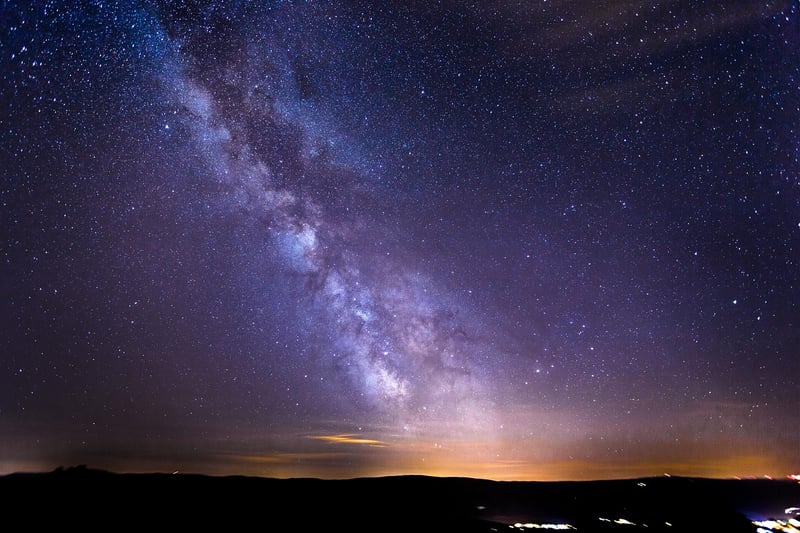Milky Way Memories
Capturing Milky Way Memories: A Guide to Photography and Videography
Staring up at the night sky and witnessing the Milky Way in all its splendor can be a magical experience. Capturing this breathtaking sight through photography and videography allows you to immortalize these moments and share them with others. Whether you are a seasoned astrophotographer or a beginner looking to delve into the world of night sky photography, this guide will help you make the most of your Milky Way memories.
1. Gear Essentials
When venturing out to capture the Milky Way, having the right gear is crucial. Here are some essentials you should consider:
- Camera: A DSLR or mirrorless camera with manual settings will give you the flexibility needed for astrophotography.
- Lens: A wide-angle lens with a low f-stop (such as f/2.8 or lower) is ideal for capturing the vast night sky.
- Sturdy Tripod: To keep your camera stable during long exposures, a sturdy tripod is a must.
- Remote Shutter Release: This helps prevent camera shake when triggering the shutter.
- Headlamp: A headlamp with a red light setting is essential for adjusting settings in the dark without disrupting your night vision.
2. Planning Your Shoot
Before heading out to photograph or film the Milky Way, consider the following factors:
- Location: Choose a location away from light pollution for clearer skies.
- Timing: The Milky Way is most visible during the spring and summer months in the Northern Hemisphere.
- Weath er: Check the weather forecast to ensure clear skies for optimal viewing.
3. Camera Settings
Setting up your camera correctly is essential for capturing stunning images of the Milky Way. Here are some recommended settings to get you started:
- ISO: Start with a high ISO (e.g., 1600-3200) to capture the faint light of the stars.
- Aperture: Use a wide aperture (low f-stop) to gather more light, such as f/2.8 or lower.
- Shutter Speed: Experiment with long exposures (15-30 seconds) to capture the details of the night sky without star trails.
4. Post-Processing
Editing your Milky Way photos and videos can help enhance their beauty. Consider adjusting the white balance, contrast, and exposure to bring out the details of the Milky Way.
5. Preserving the Moment
Whether you print your photos, create a time-lapse video, or share them on social media, preserving your Milky Way memories allows you to relive those awe-inspiring moments and inspire others to look up at the stars.
So, grab your camera, head to a dark sky location, and capture the beauty of the Milky Way as it dances across the night sky. Your Milky Way memories await!

Image Source: Pixabay
